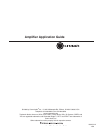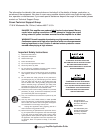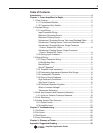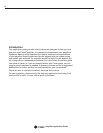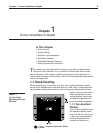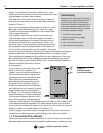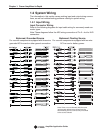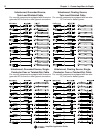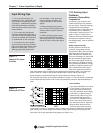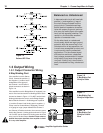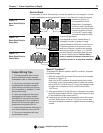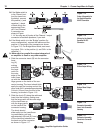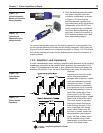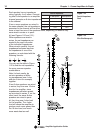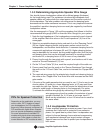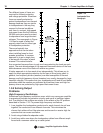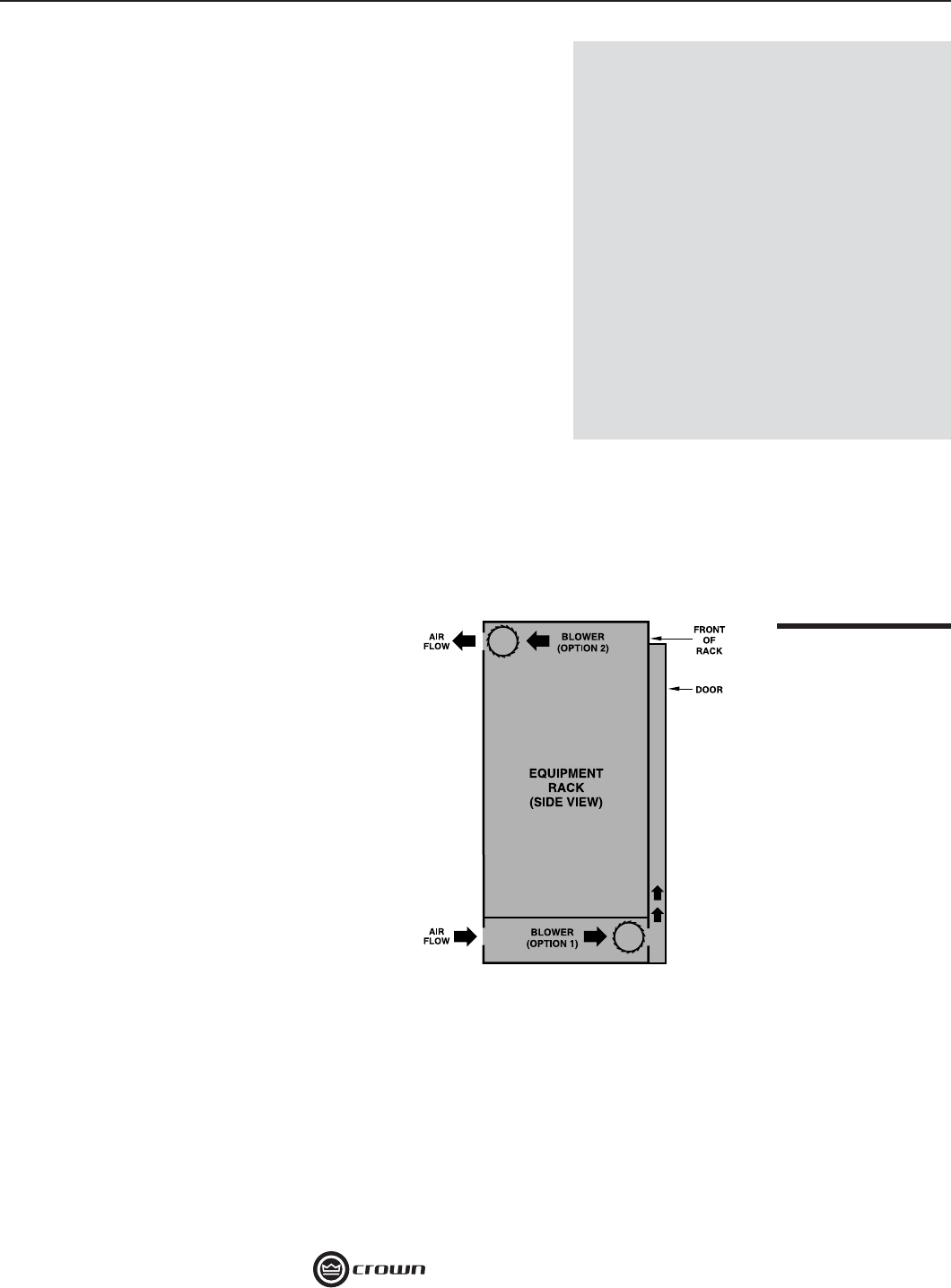
6 Chapter 1: Crown Amplifi ers In-Depth
Amplifi er Application Guide
sides) is not blocked or covered by cables. Also, if your
Crown amp has foam fi lters, they can be cleaned with mild
dish detergent and water when needed.
The side walls of the rack should be at least 2 inches (5
cm) away from the chassis for amps with side venting as
shown in Figure 1.1.
Don’t use vented spacer panels between amps in a rack.
Because of the airfl ow technology we use in our amps,
it is best to stack multiple amplifi ers on top of each other
with no space between.
The amplifi er draws fresh air into the front of the amp
and exhausts it either out the sides and into the rack, or
out the back depending on the model. We want the hot
air that’s in the rack to vent out the sides or back—not
the front. If any of these amplifi ers are spaced apart with
vented panels, some of the preheated air will recycle to
the front of the rack and back into the amplifi er. The result
is loss of thermal headroom. If you choose to place the amplifi ers with space
between them, then use solid panels between them, not vented panels.
You should provide adequate airfl ow within the rack. Additional air fl ow may
be required when driving low impedance loads at consistently high output
levels or for higher power models. Refer to your Crown amplifi er’s Operation
Manual for detailed information on ther-
mal dissipation.
If your rack has a front door that could
block air fl ow to the amplifi er’s air
intakes, you must provide adequate air
fl ow by installing a grille in the door or
by pressurizing the air behind the door.
Wire grilles are recommended over
perforated panels because they tend
to cause less air restriction. A good
choice for pressurizing the air behind a
rack cabinet door is to mount a “squirrel
cage” blower inside the rack (Option 1
in Figure 1.2). At the bottom of the rack,
mount the blower so it blows outside air
into the space between the door and in
front of the amplifi ers, pressurizing the
“chimney” behind the door. This blower should not blow air into or take air out
of the space behind the amplifi ers. For racks without a door, you can evacu-
ate the rack by mounting the blower at the top of the rack so that air inside the
cabinet is drawn out the back (Option 2 in Figure 1.2).
If the air supply is unusually dusty, you might want to pre-fi lter it using com-
mercial furnace fi lters to prevent rapid loading of the unit’s own air fi lter.
1.1.2 Convection-Only Models
When racking convection-cooled amplifi ers, it is best to leave one rack-space
between amps because this type of amplifi er needs space to radiate the heat.
Because of the wide range of operating
conditions your amplifer might be sub-
jected to in the fi eld, you should con-
sider each installation independently to
ensure the best thermal performance.
If your amp starts to overheat, consider
the following possible causes:
1. Insuffi cient air movement.
2. Overdriving of the input stage
(severely into clip).
3. Very low-impedance loads.
4. High ambient temperatures.
Overheating
Figure 1.2
Extra Cooling with a
Rack-Mounted Blower



